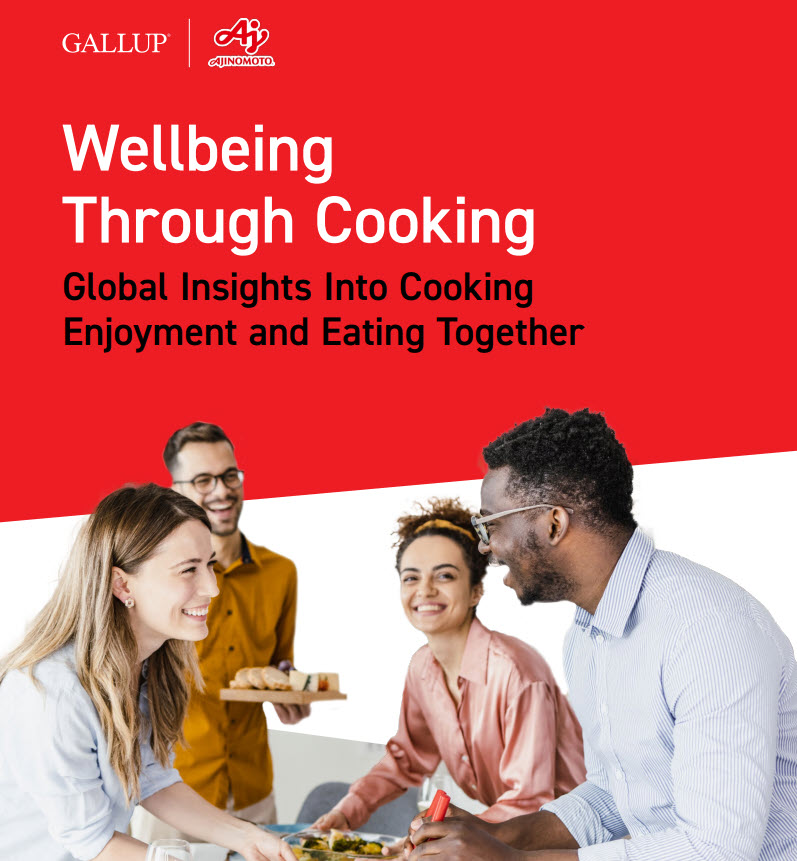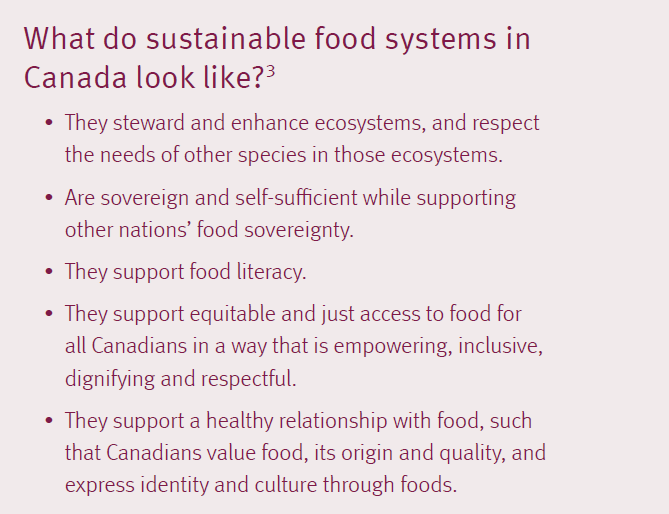
I’m excited to share with you a just released research that brings together my expertise as both a Gallup Certified Strengths Coach and a Registered Dietitian. The report on Wellbeing Through Cooking, done by Gallup and the Ajinomoto Group explores the connection between two simple things: cooking and eating together regularly with people you know. The report looks at this connection across different cultures and backgrounds. It also asks an interesting question: What kind of cook are you?
You can get a taste of some answers in this summary blog. [1] If you want all the details and global insights, check out the full report.
Cooking Enjoyment in North Americans
Nearly three in four North Americans reported enjoying cooking in the past seven days, surpassing other global regions. In Canada 75% of people indicated they enjoyed cooking in the past seven days, with women (79%) slightly outnumbering men (68%).
Cooking Enjoyment and Subjective Wellbeing
Globally, those why enjoyed cooking in the past week were significantly more likely to be “thriving” in their life evaluation compared to those who didn’t. The research findings suggest that cooking can positively impact social life and can help improve various aspects of an individual’s well being.
Importance of Eating with Others
Aligning with Canada’s food Guide recommendation recommendation[2] “Eat meals with others’ and Gallup’s research this survey highlights a positive link between subjective wellbeing and regularly sharing a meal with someone you know. By contrast, habitually dining alone was associated with a lower quality of life in some circumstances.
Identifying Your Cooking Style
Have you ever wondered what type of a cook you might be and the level of enjoyment it brings? The final section of the research offers a demographic breakdown of five types of home cooks globally. This insight may be valuable for personal reflection and business building for those in recipe development and meal planning.
Summary:
Enjoying cooking aligns with enjoying life. As more people globally live alone, there’s an opportunity for policymakers, community advocates and other stakeholders to support the goals of ‘Cook more often’ and “Eat meals with others” to enhance the overall wellbeing of communities. ( Gallup, Health Canada)
If you’re wondering how this report might affect your personal and business success, I’m offering a free 15-minute Gallup Certified Coaching check-in with me. This personalized session is a chance for us to chat about the report’s insights and see how they align with your goals and strengths. Let’s connect!
If you have questions or comments about this story, please contact us.
References:
[1] Gallup & Ajinomoto Group(2023)
[2] Health Canada, Canada’s Food Guide Healthy Eating Recommendations (2019)
This article was written by Lucia Weiler, BSc, RD, PHEc – Award-winning dietitian and Owner, n4nn.
 Image Source: Dietitians of Canada
Image Source: Dietitians of Canada

